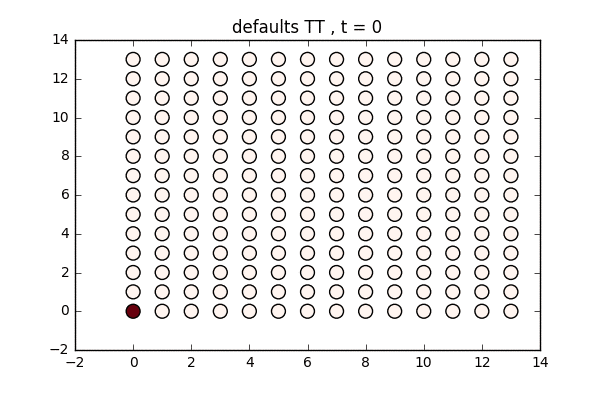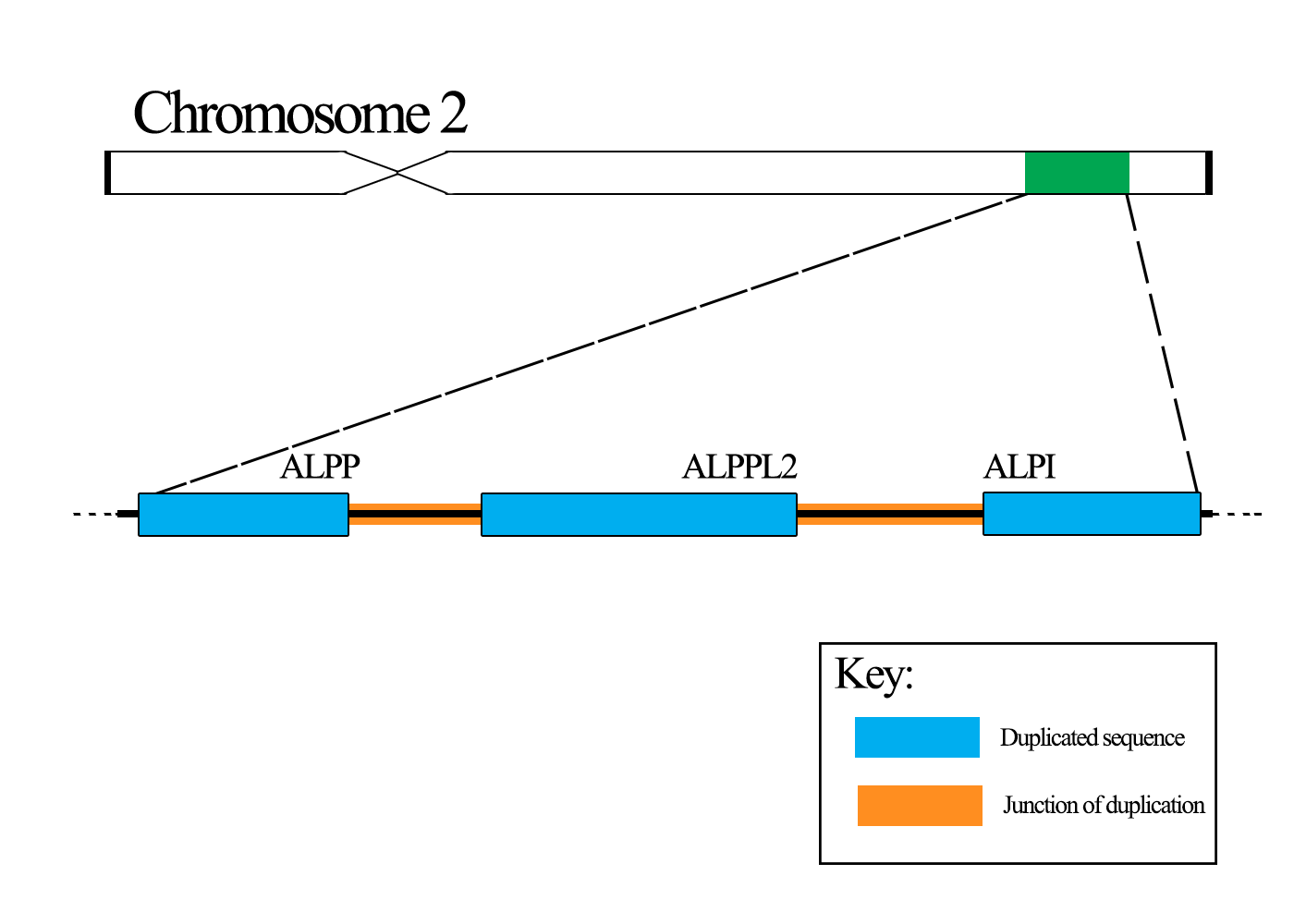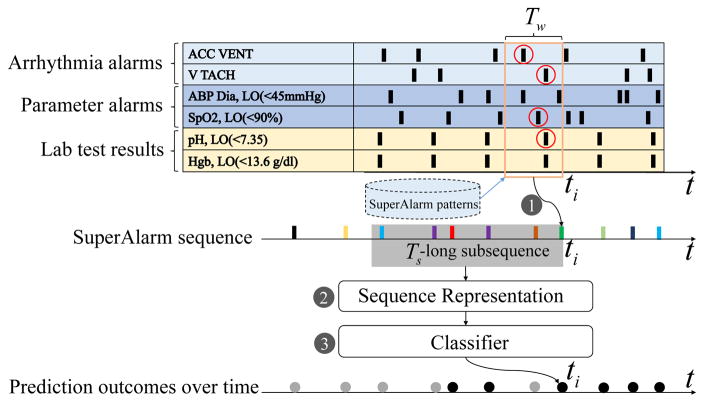Selected Projects
Protein Structure Prediction via Neural Machine Translation

I am currently developing an attention-based machine learning model to predict the 3D atomic coordinates of a protein from its sequence of amino acids.
instaGAN: De Novo Food Blogging with Generative Adversarial Networks

Developed a method to generate instagram food photos with a GAN and then caption the photos with a RNN.
Predicting Cardiac Arrest Events with Recurrent Neural Networks
Using Long short-term memory (LSTM) based networks to forecast cardiac arrest events based on streaming bedside alarm data in intensive care units.
Presented at IEEE Engineering in Medicine & Biology 2018. Contributed as a member of the Hu Lab at USCF between Dec 2016 and Aug 2017.
Agent-Based Modeling of Ebola Epidemic

A model of infectious agents on a grid with parameters obtained from the World Health Organization studies the effects of different parameters on disease spread.
Genetic Variant Detection Software
FLT3 ITD Detector is an alternative, cloud-based method for the discovery and analysis of Internal Tandem Duplications (ITDs) and other variants useful in diagnosing acute myeloid leukemia. Using an algorithm developed at Plexxikon, Inc., the application reports the location, length, sequence and other detailed statistics about each ITD with improved accuracy over existing assays. Academic publication pending.
Available now on Illumina’s BaseSpace.
High-Frequency Bitcoin Trading
BitcoinHFT allows users to trade Bitcoin currency using bots that scan the news for market sentiment and trade with various strategies. Currently in simulation mode only.
Tandem Duplications

A Wikipedia-style report on Tandem Duplications, genetic events that result in regions of DNA being duplicated in close proximity. The paper also discusses techniques for their detection and several proposed mechanisms for their genesis.
